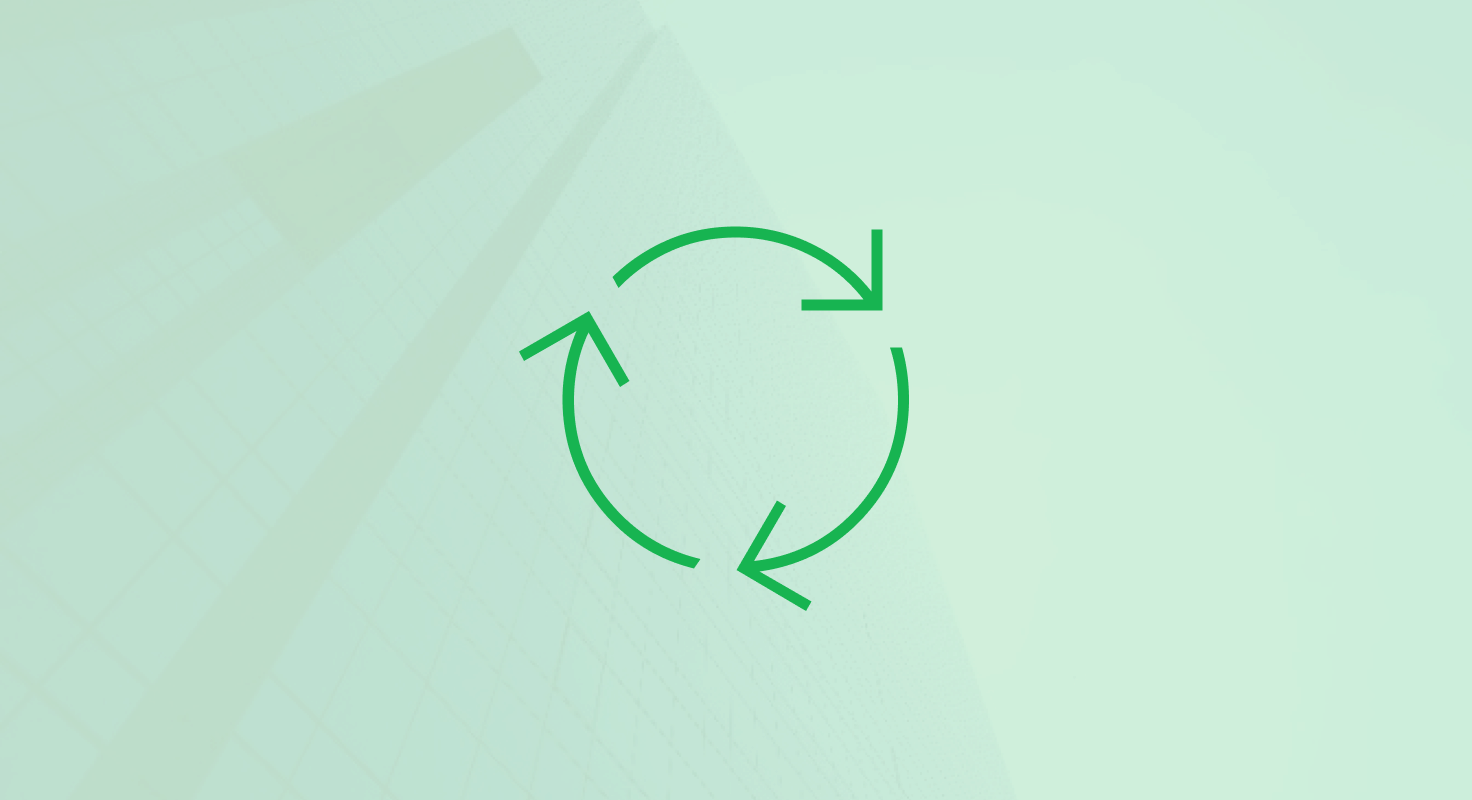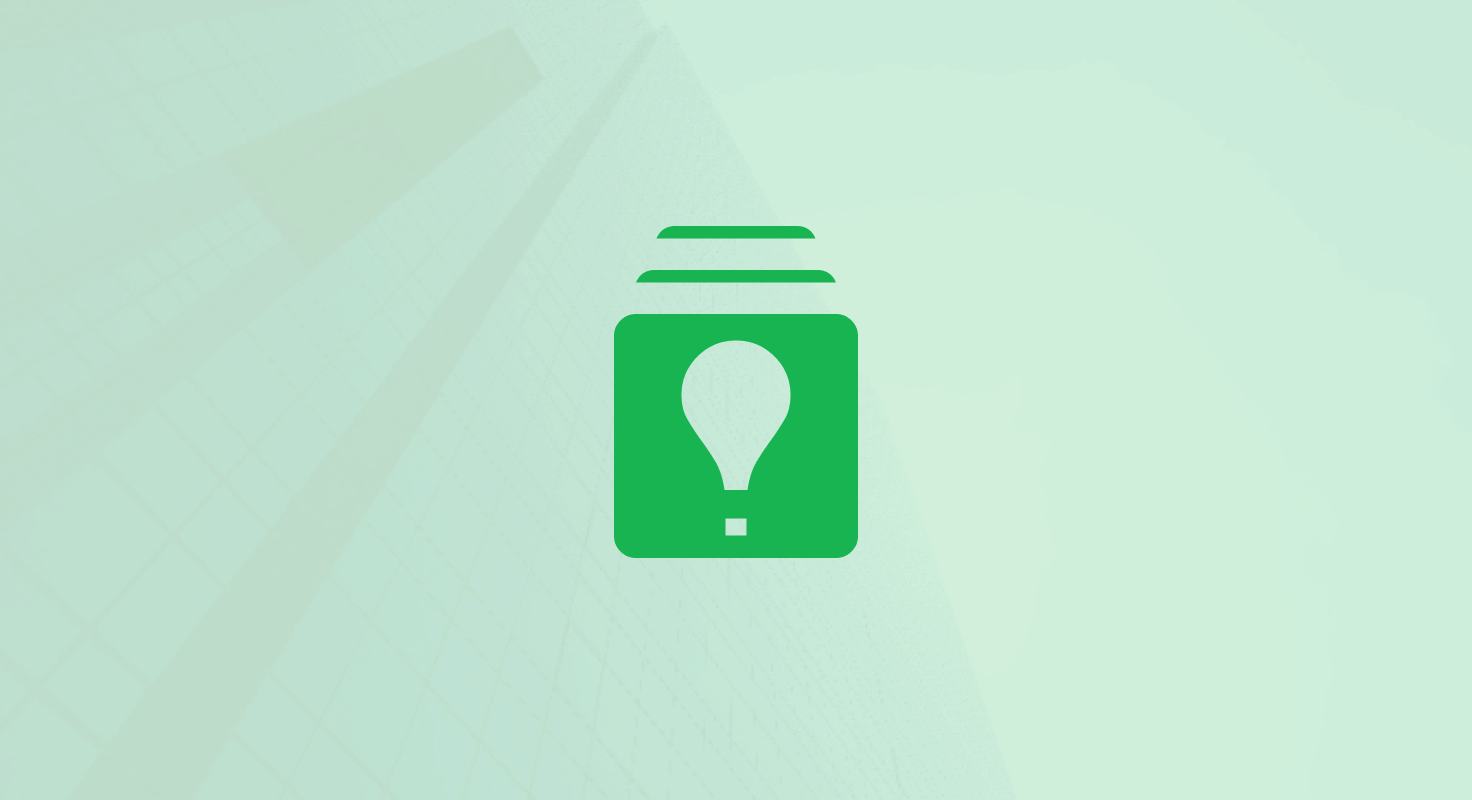Table of Contents
The success of a Software as a Service (SaaS) business depends on its ability to retain customers. It's not enough to acquire customers; you need to keep them coming back for more.
That's where SaaS retention metrics come into play. By understanding these metrics, you can identify areas for improvement and implement strategies to increase customer retention for SaaS.
TL;DR: SaaS Retention Metrics That Actually Matter
-
Lifetime value shows how much each customer is really worth
-
Churn rate flags when and why customers leave
-
Expansion revenue tracks growth from upsells and cross-sells
-
Engagement metrics show how often people actually use your product
-
Net revenue retention ties it all together by showing if existing customers are making up for churn
What are the key SaaS retention metrics every business should track?
Customer Lifetime Value
Customer Lifetime Value (CLTV) is a metric that calculates the total revenue a customer is expected to generate throughout their relationship with your business. By understanding CLTV, you can make informed decisions about how much you are willing to invest in acquiring new customers and retaining existing ones.
For example, let's say you have a SaaS company that offers a subscription-based service. By analyzing the CLTV of your customers, you may discover that customers who have been with your company for more than two years tend to generate significantly higher revenue compared to those who churn within the first year. Armed with this knowledge, you can allocate resources towards implementing retention strategies that focus on keeping customers engaged and satisfied beyond the critical two-year mark.
Customer Churn Rate
The churn rate is the percentage of customers who leave your service within a specific period of time. Tracking this metric allows you to monitor customer attrition and take proactive measures to mitigate it. By analyzing churn rates at different stages of the customer lifecycle, you can identify patterns and touchpoints where customers are most likely to churn, enabling you to implement targeted retention strategies.
Imagine you notice a spike in churn rate among customers who have been with your company for six months. Upon further investigation, you discover that these customers often face difficulties in onboarding and understanding the full potential of your product. Armed with this insight, you can develop a comprehensive onboarding program that includes personalized tutorials, proactive customer support, and regular check-ins to ensure that new customers are set up for success from the start.
Expansion Revenue
Expansion revenue measures the additional revenue generated from existing customers through upsells, cross-sells, and upgrades. This can be achieved by analyzing customer usage patterns, identifying their specific needs, and offering relevant product upgrades or complementary services. By focusing on expansion revenue, you can create a win-win situation where customers get more value from your product, and your business benefits from increased revenue and customer satisfaction.
Customer Engagement Metrics
Customer engagement metrics, such as login frequency, feature usage, and time spent on your platform, provide insights into how actively and consistently your customers are using your product. High engagement is a positive indicator of customer satisfaction and loyalty, while low engagement may signal potential churn risks. By closely monitoring these metrics, you can identify opportunities to boost customer engagement and drive retention.
Here’s an example: You notice a decline in feature usage among a specific segment of your customer base and find that these customers are not aware of a new feature that was recently added to your platform. To address this, you can proactively reach out to these customers through targeted email campaigns, in-app notifications, or even personalized demos to showcase the value and benefits of the new feature. By increasing their engagement and usage, you can enhance their overall experience and reduce the likelihood of churn.
Net Revenue Retention
Net revenue retention measures the revenue retained from existing customers, taking into account churn and expansion revenue. It provides a holistic view of your customer retention efforts and helps you understand the overall health of your customer base. A net revenue retention rate above 100% indicates that your existing customers are generating more revenue than those you're losing.
What proactive strategies help improve SaaS customer retention?
Now that we understand the key b2b SaaS retention metrics, let’s take a look at proactive retention strategies that can help improve customer loyalty and reduce churn.
Customer retention is a top priority for any SaaS company. It's not enough to simply acquire new customers; you need to keep them engaged and satisfied in order to build a strong and sustainable business.
Personalized Onboarding
A successful onboarding process sets the foundation for a long-term relationship with your customers. By personalizing the onboarding experience based on the customer's needs and goals, you can ensure they get value from your product right from the start. This personalized approach will help customers see the benefits of your solution and reduce the likelihood of churn.
During the onboarding process, take the time to understand your customer's unique requirements and tailor your product demonstrations and training sessions to address their specific pain points. This personalized touch will not only make customers feel valued, but it will also increase their confidence in your product's ability to meet their needs.
Ongoing Communication and Education
Maintaining open lines of communication with your customers is crucial for building trust and loyalty. Regularly update them about new features, product improvements, and industry insights. Additionally, provide educational resources such as webinars, tutorials, and knowledge bases to empower your customers to make the most of your product.
Encourage your customers to provide feedback, suggestions, and ideas for improvement and actively listen to their needs and incorporate their input into your product roadmap whenever possible. By involving your customers in the evolution of your product, you not only strengthen the bond between you and your customers but also create a sense of ownership and partnership.
Proactive Support and Customer Success
Quick and effective support is essential for customer satisfaction. Implement a proactive support system that includes timely responses to questions and proactive outreach to address potential issues before they become problems. Additionally, invest in customer success teams that can guide customers on how to maximize the value they get from your product.
Customer success teams play a crucial role in ensuring that customers achieve their desired outcomes with your product. These teams should proactively reach out to customers to offer guidance, share best practices, and identify opportunities for upselling or cross-selling. By taking a proactive approach to support and customer success, you can build strong relationships with your customers and position yourself as a trusted advisor.
What tools and technologies can help master B2B SaaS retention rates?
To effectively track and optimize your SaaS retention efforts, you'll need the right tools and technologies. Here are some essential tools you should consider:
CRM Software
CRM software helps you manage customer interactions, track customer behavior, and analyze customer data. It provides valuable insights into customer preferences and helps you identify opportunities for personalized engagement.
With CRM software, you can easily organize and access customer information, such as contact details, purchase history, and support tickets. This allows you to have a holistic view of your customers and tailor your retention strategies accordingly. Additionally, CRM software often integrates with other tools, such as email marketing platforms, to streamline your communication efforts.
Customer Feedback and Survey Tools
Collecting feedback from your customers is essential for understanding their needs and improving your product. Use customer feedback and survey tools to gather insights and identify areas for improvement.
These tools enable you to create and distribute surveys, collect responses, and analyze the data to uncover valuable insights. By understanding your customers' pain points and preferences, you can make informed decisions to enhance your product and address any issues that may be affecting retention.
Analytics and Reporting Tools
Analytics and reporting tools help you track key SaaS retention metrics and visualize data in a meaningful way. These tools provide actionable insights that can guide your retention strategies and decision-making.
With analytics and reporting tools, you can monitor important metrics like churn rate, customer lifetime value, and engagement levels. By analyzing these metrics, you can identify trends, patterns, and potential areas of improvement. This data-driven approach allows you to make data-backed decisions and implement targeted strategies to boost retention.
Customer Success Platforms
Invest in customer success platforms that enable effective customer onboarding, ongoing engagement, and proactive support. These platforms streamline customer interactions and help you deliver an exceptional customer experience.
Customer success platforms provide tools for onboarding new customers, such as guided tutorials and product tours, to ensure a smooth and successful adoption of your SaaS product. They also offer features like in-app messaging and automated email campaigns to keep customers engaged and informed about new features or updates. Additionally, these platforms often include support ticket management systems to address customer inquiries and issues promptly.
Artificial Intelligence (AI) and Machine Learning (ML)
AI and ML technologies have revolutionized the way businesses understand and engage with their customers. By leveraging AI and ML algorithms, you can analyze vast amounts of customer data in real-time, identify patterns, and predict customer behavior. This allows you to proactively address customer needs, personalize experiences, and increase retention rates.
Imagine having an AI-powered system that can automatically segment your customers based on their behavior, preferences, and engagement levels. With this level of automation and personalization, you can deliver targeted messages, offers, and recommendations that resonate with each customer, boosting their loyalty and retention.
How can tracking the right SaaS retention metrics drive sustainable growth?
Understanding SaaS retention metrics is crucial for long-term success. By benchmarking your metrics, tracking key retention indicators, implementing proactive strategies, and leveraging the right tools, you can optimize customer retention and drive sustainable growth.
The Revenue Performance Model
Do you want to track the entire revenue journey in your CRM so you can see what's broken, why it happened, and where to fix it?
Download the Revenue Performance Model HERE




-1.png)

